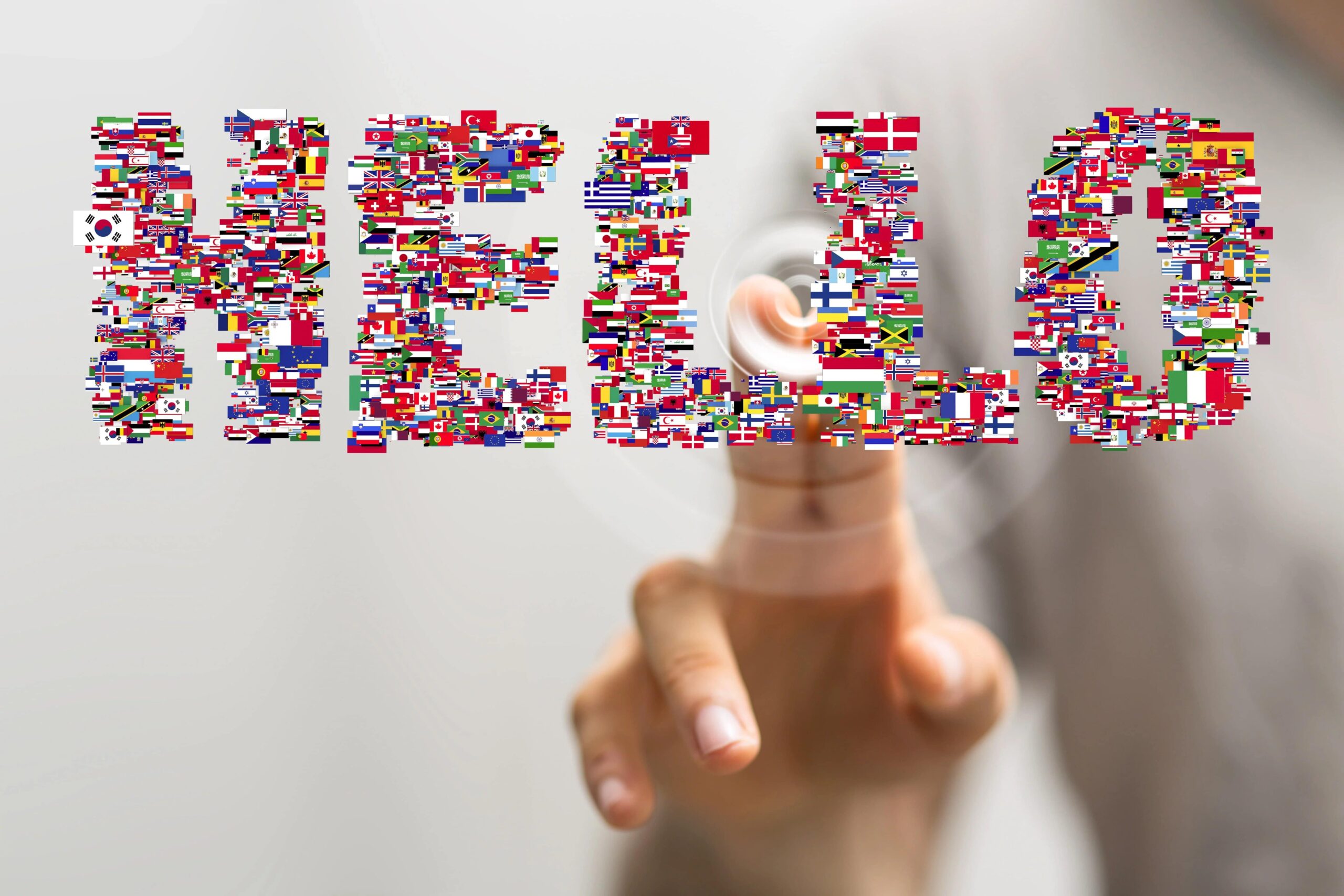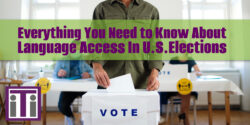
Common Sense Advisory measures the language services industry as a $34.8 billion industry. And it’s growing. Part of that growth is coming from the increasing global marketplace and the need for companies to sell their products and services across borders, cultures and languages. In a recent survey, Common Sense Advisory found that 60% of top global brands have multilingual websites. These marketing brands average more than eight languages per website with some of them offering 30 or more languages.
In a 14-page February 2014 special feature, “Success in any Language,” Fortune magazine provides an in-depth look at language service providers and their critical translation and interpretation services working in the background of today’s global economy.
Authored by the Association of Language Companies, this special feature highlights the need for engaging consumers in their own language. Market only in English in the United States and you miss out on millions of U.S. residents who don’t speak English (check out our infographic on this subject below). Some nine percent of U.S. residents don’t speak English.
Using The Local Language Increases Revenues
Across the globe, people overwhelmingly prefer their local language. That gives marketing organizations and businesses strong motivation to utilize translation and localization services. Marketing in the local language boosts credibility. It makes your message relevant. It strengthens your brand. All of those factors can lead to increased revenue.
Would you like proof? The Fortune magazine report says Fortune 500 companies with foreign-language websites are 50% more likely to report increased revenue than their peer companies.
Multilingual Communication Can Prevent Tragedy
Communicating in the local language does more than just add revenue. It can prevent tragedy. The Fortune report uses the example of charity work through the non-profit Translators Without Borders. This organization provides volunteer translators in life-threatening situations. Whether its volunteers saving lives or governments providing services or businesses expanding into markets: language is at the heart of human interaction.
U.S. Insurer Opens Multilingual Call Centers
Last year, the large U.S. insurance company, Aetna wanted to set up multilingual call centers in an effort to reach various U.S. audiences in their own language and on their own terms.
“The U.S. demographic has shifted, and so has our market. Aetna recognized that we needed better capabilities to connect with consumers in the way they want to be spoken to. We have to engage the customer through the lens of their culture and language,” says Tito Colon, head of Aetna’s multicultural marketing.
As a result, Aetna has communicated with U.S. residents in 80+ languages. The insurer says all that translation has led to an increase in revenue.
The Fortune magazine report also spotlights the San Francisco-based company, Elanex. The company is a finance, tech, energy and M&A company. Donald Plumley, president and CEO, says, “Language services go straight to the core of a company’s promise to its consumers: its brand.”
Elanex developed expressIt, a technology that automates workflow to speed turnaround. It relies on specialist human translators to get the language right.






Comments are closed here.